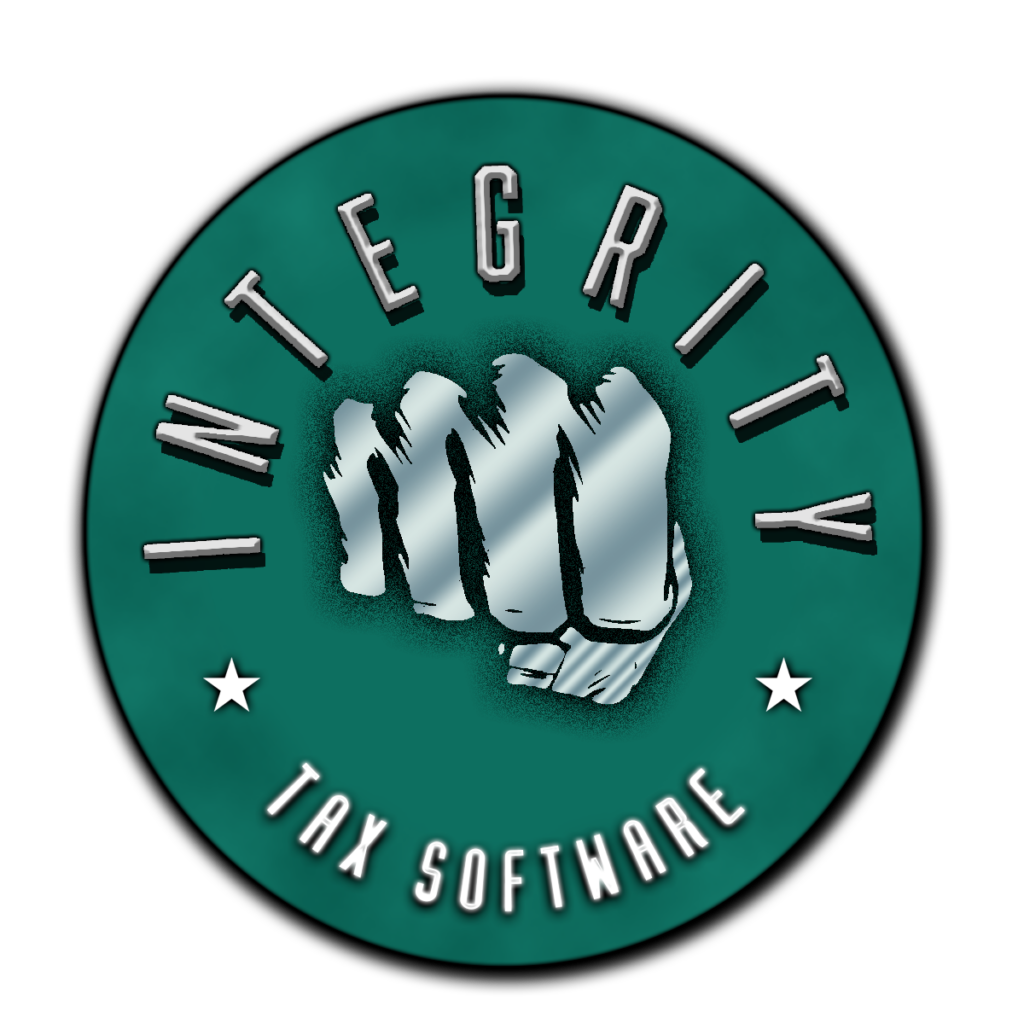If growing your nest egg has been a challenge, help is here in the form of an often-overlooked tax credit called the Saver’s Credit. By contributing to eligible retirement accounts, low-to-moderate-income individuals and families can receive up to $1,000 or $2,000 back from Uncle Sam each year.
Better known by its formal name, the Retirement Savings Contributions Credit, the Saver’s Credit is a real gem that transforms your retirement plan contributions into more significant tax breaks. Yet many miss out simply because they need to learn about its powerful benefits.
Don’t let this opportunity pass you by! This year especially, putting extra cash in your pocket can provide financial breathing room. With some planning, the Saver’s Credit could be your secret weapon for supercharging savings.
How The Saver’s Credit Works
The Saver’s Credit is a non-refundable tax credit of up to 50%, 20%, or 10% of your retirement plan contributions, depending on your income. This is taken on Form 8880 when you file your return.
For 2023, here are the maximum contribution amounts and income limits to qualify for the credit:
- Singles can contribute up to $2,000 with AGI under $36,500
- Heads of household contribute up to $2,000 with AGI under $54,750
- Married couples filing jointly contribute up to $4,000 with AGI under $73,000
- Taxpayers with AGIs at or below these thresholds receive a match of 50% of contributions. The match rate drops to 20% for incomes up to $40,000-$57,500-$81,000 and to 10% for incomes up to $43,000-$60,750-$86,000.
The bottom line is this credit effectively allows taxpayers to put up to $1,000 or $2,000 BACK into their retirement plan! That’s money that continues growing tax-deferred for decades.
Eligible Retirement Accounts
While most know about 401(k)s and IRAs, the Saver’s Credit applies to Roth and Traditional IRAs, 403(b)s, governmental 457 plans, and ABLE accounts.
Contributions must be made by December 31, 2023, to qualify and be included on your 2023 tax return. You then have until the 2024 tax filing deadline of April 15, 2025, to make IRA contributions for 2023.
Distributions from these accounts reduce the contribution amount used to calculate the credit. So make sure not to withdraw savings after contributing just to get the tax break. Leave it there to compound over the long haul.
Tax Break “Training Wheels”
Think of the Saver’s Credit as training wheels to help jumpstart your retirement savings. Unlike the upfront benefit of deductions, this non-refundable credit is received after filing your return.
But it serves as an excellent motivator, and could even sway someone on the fence about opening an IRA. People often procrastinate thinking retirement is too far away.
The tax incentive shows putting aside even a few hundred can translate to hundreds back in your pocket and ultimately grow to much more over decades of compound returns. Getting started is so important, yet so intimidating for some.
The Saver’s Credit offers a gentle nudge with no ongoing obligations. Contribute what you can by year-end and cash in on easy money to pad your nest egg or treat yourself. Either way, it sets you on the path toward financial independence.
Don’t Leave Money on the Table
Maximizing tax breaks is crucial for retirement savers, so don’t overlook this opportunity. The Saver’s Credit phases out at modest incomes, so it pays to check your eligibility.
Use the IRS Interactive Tax Assistant tool to input your filing status and estimate income. It will let you know if you qualify and the applicable credit rate.
Remember, you don’t need to contribute the full $2,000 or $4,000 – every dollar counts towards the potential tax break proportionate to your income level. Even a few hundred extra in your retirement plan is better than nothing.
Act Now for 2023 Tax Savings
With year-end fast approaching, set up a plan now to take advantage of the Saver’s Credit for 2023. For workplace plans like 401(k)s, contribute as much as you can afford up to plan limits by December 31st.
For IRAs, you have until April 2024, so there’s time to adjust your withholding or adjust estimated tax payments to free up funds. Just be sure contributions go in by year-end 2023.
A quick call to your 401(k) provider or login to your plan’s participant website makes it simple. Or open an IRA on your own if that’s easier.
Don’t leave hundreds in potential tax breaks on the table. With a little proactive planning before 2023 ends, you can supercharge your retirement savings and boost your refund or lower taxes owed next filing season. Your future self will thank you!

